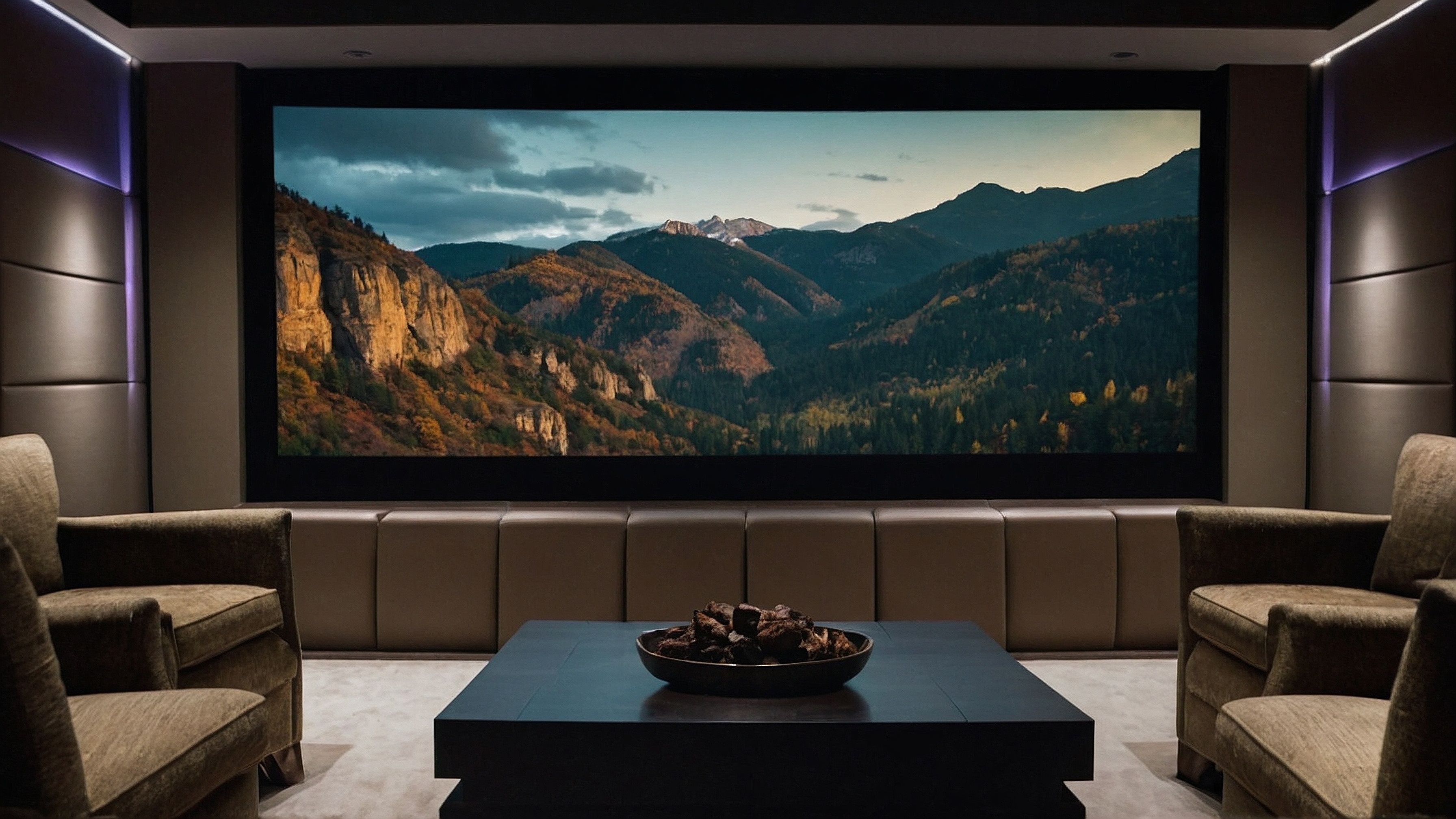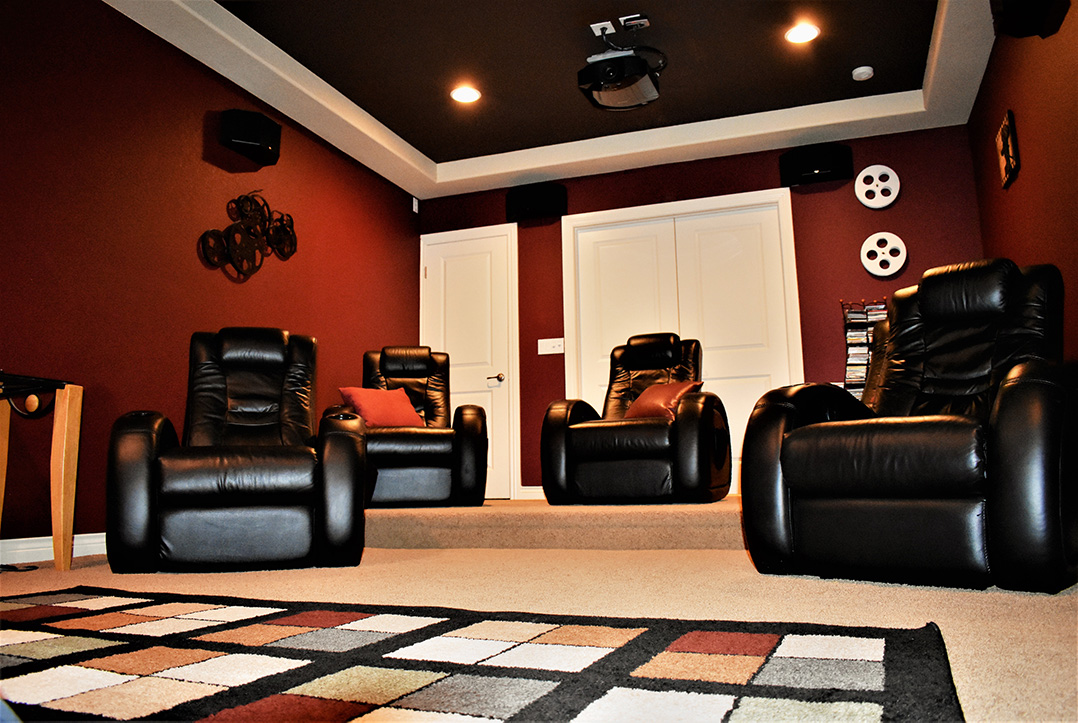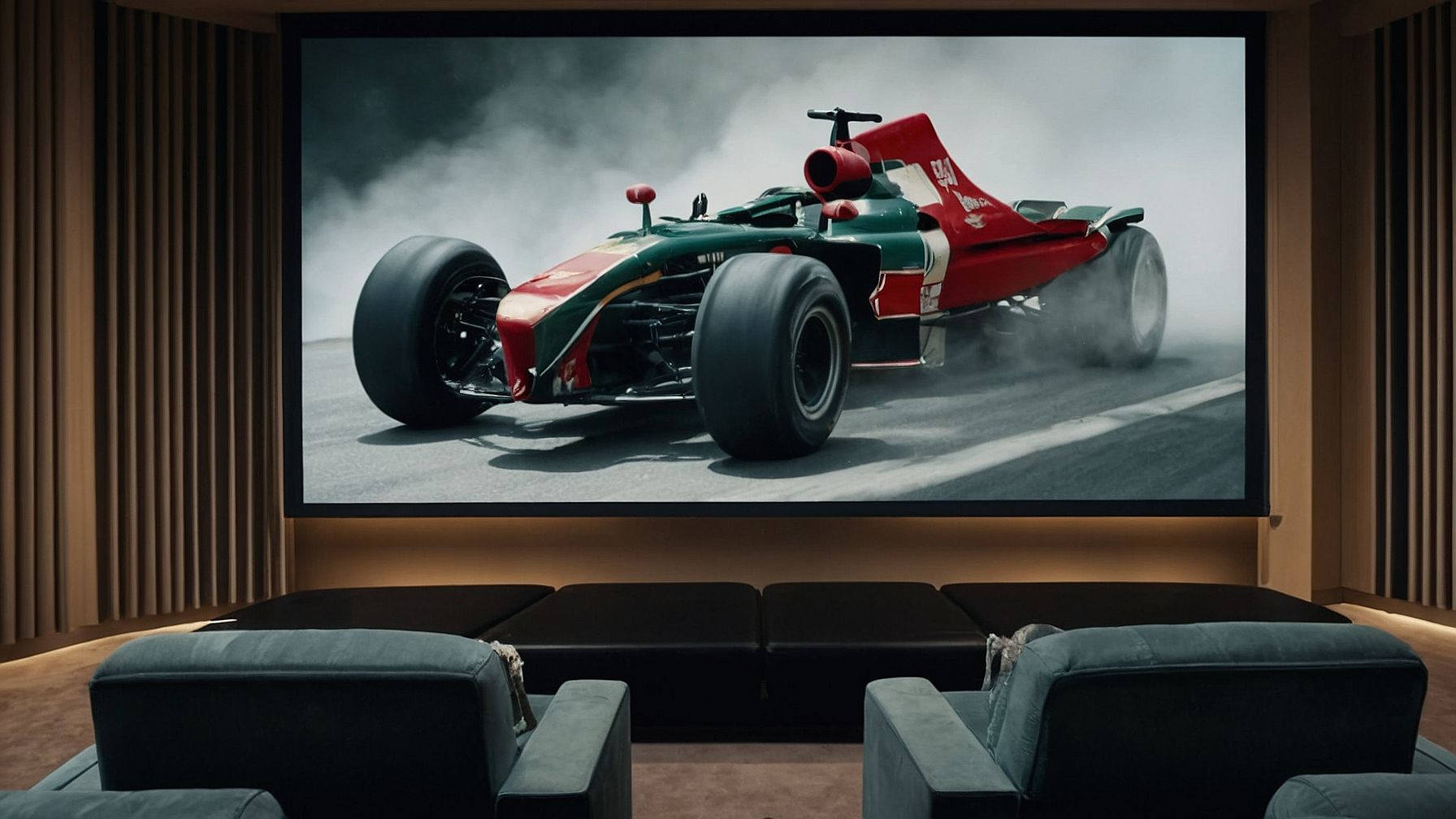
Building Your Ideal Home Theater: Key Considerations for Construction and Conversion

Important considerations before you begin construction on your home theater.
There’s two significantly different ways to approach a home theater build; new construction from scratch, or converting an existing room within your home into a dedicated theater. Building from scratch obviously allows you to take every detail into consideration, whereas converting an existing room is all about optimizing the space you have available. Both can yield some pretty spectacular results, leagues above a typical home entertainment system found in most family rooms.
We’re going to be covering each of these types of home theaters in detail in future articles. Obviously, in home theater conversions, you won’t be able to control the shape of your theater or how the theater is built – you’ll be starting from an existing room within your home. Those starting from scratch, designing and building a room specifically as a home theater, you’ll truly be able to create a premiere experience.
In this article we’ll outline the major considerations to get you started. This will help to get you thinking about your theater beyond which speakers you want to buy – one of the many, and rather insignificant, steps in the process. Also, in future articles we’ll expand upon each of these topics and explain in detail why they’re so important to your home theater build.

Foundation of Your Theater
What materials are your theater built from? Creating mass within your walls is massively important to mitigate sound transference and isolate your theater from the rest of the home and neighborhood (yes, neighborhood – those 24 inch subwoofers can really thump). Concreate or block walls, double walls, mineral wool insulation, rubber gasket tape between hard surfaces – how your theater is built is as important as the size of the screen. A quality sound room is generally built like an aquarium. If water can escape through cracks in your doors, electrical outlets, and hvac system, so can sound.
Shape Of Your Theater
Square, box shaped rooms are the most difficult to treat sound. Large, flat surfaces (walls, floor, and ceiling) all facing each is by nature the worst design you can have to accurately emulate natural frequencies. By changing the shape the room – elongating it, adding contoured walls, radiused corners, coffered ceiling, etc., we can begin to control how frequencies reflect within the room and avoid them blending, mushing, and competing with each other.
Acoustic Treatment
Next, we begin to think about things like frequency absorption, reflection, and diffusion. Bass traps become incredibly important. At this stage, every theater is different, and every seat / listening spot within that theater is different. We measure frequencies throughout the room and use this data and specifically tune the theater to create the best listening environment.
Electrical and Networking
There’s more to a theater than a big screen and big sounds. You need the power and network to operate it. We recommend at least 3 dedicated electrical lines from your home’s breaker box. One to operate the projector / display, another to power your audio system, and final to operate the normal lighting and outlets like a typical room. When a theater is built properly form the start, wifi becomes incredibly spotty or nonexistent. Hardwired networking cables is must for speed and consistency, and we recommend at least CAT6a cables. CAT6a is shielded and offers 10 Gbps speeds suitable for multiple users running 8k.
Server Room
Often overlooked, you need a separate space to house all of your electronics. Typically the size of a small walk-in closet, you need a centralized locations to route all of your 11.2 surround sound wires and keep them organized. It’s also important to separate your electronics from the main theater because they generate quite a bit of heat and noise. Going through the trouble to acoustically treat your studio only to have a console cooling fan rev-up like a jet engine is a needless oversight.

Conclusion
Many things go into a quality home theater build, but we think these are a few of the most important things to think about when starting out. Once you begin caring about audio and video, begin spending serious money on audiophile quality equipment, nothing matters more than the room you’re doing the listening in. No amount of money – the absolute best speakers in the entire world – will only sound as good as the room they’re placed in.
We’ve built many home theaters – I’ve personally built several premier recording studios – and I whole heartedly recommend that you invest the bulk of your money into the acoustic treatment of your room. Yes, this even means sacrificing for lesser quality equipment in that studio / theater if needed to build a better room. It’s easy to upgrade gear – it’s much more difficult to rebuild your theater. Technology has come so far that you quickly start experiencing diminished returns on top-level audio equipment. The only way that you’re going to be able to notice the difference in these high-tier flagship products is if you have a capable room of presenting them. With that said, we’d love to build one for you. Reach out and we’ll create a personalized plan of action for your new home theater.


